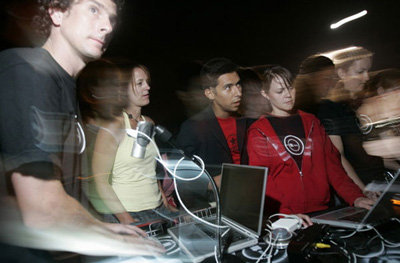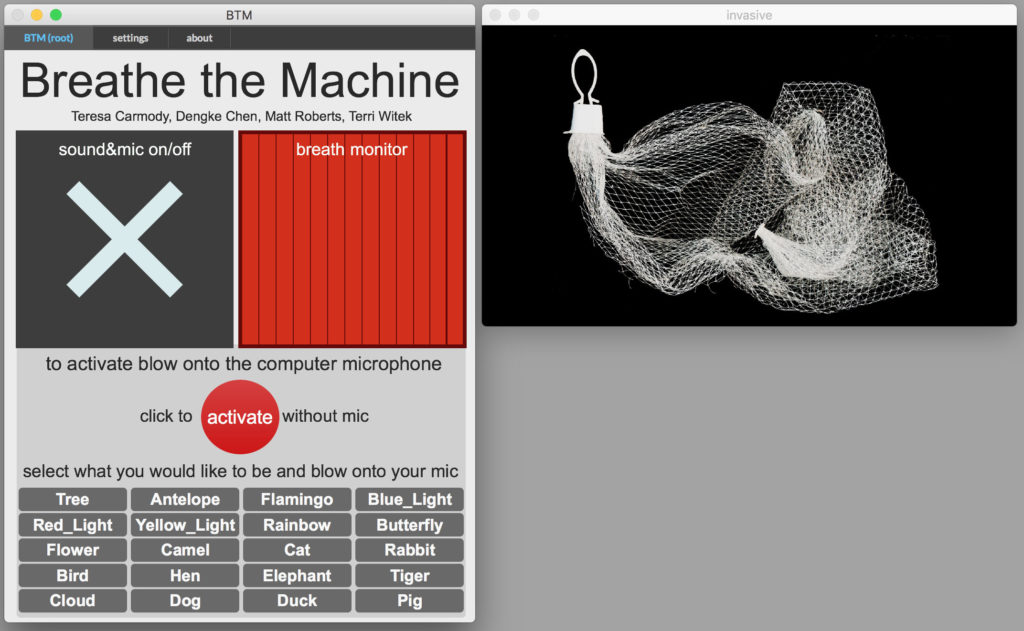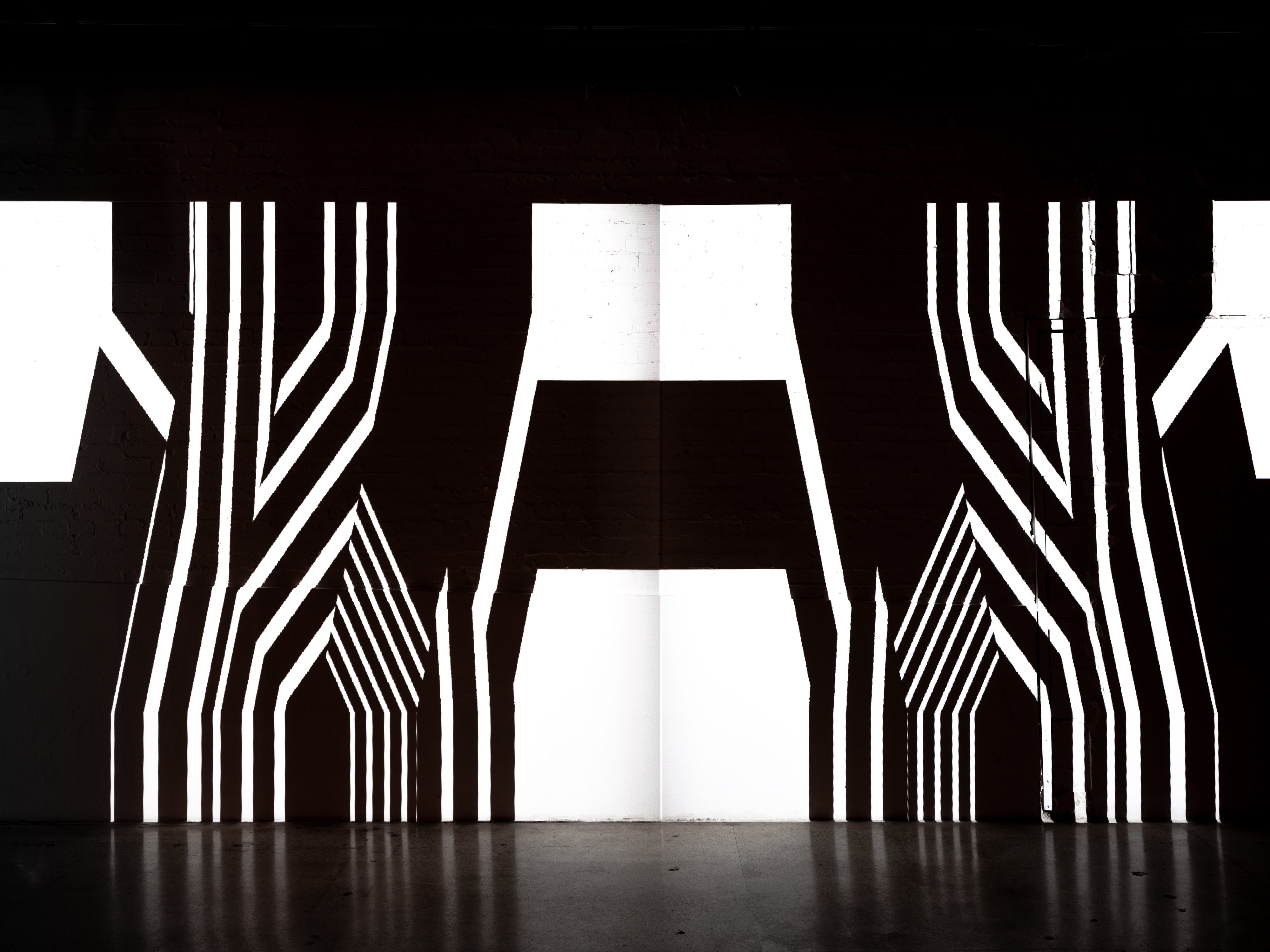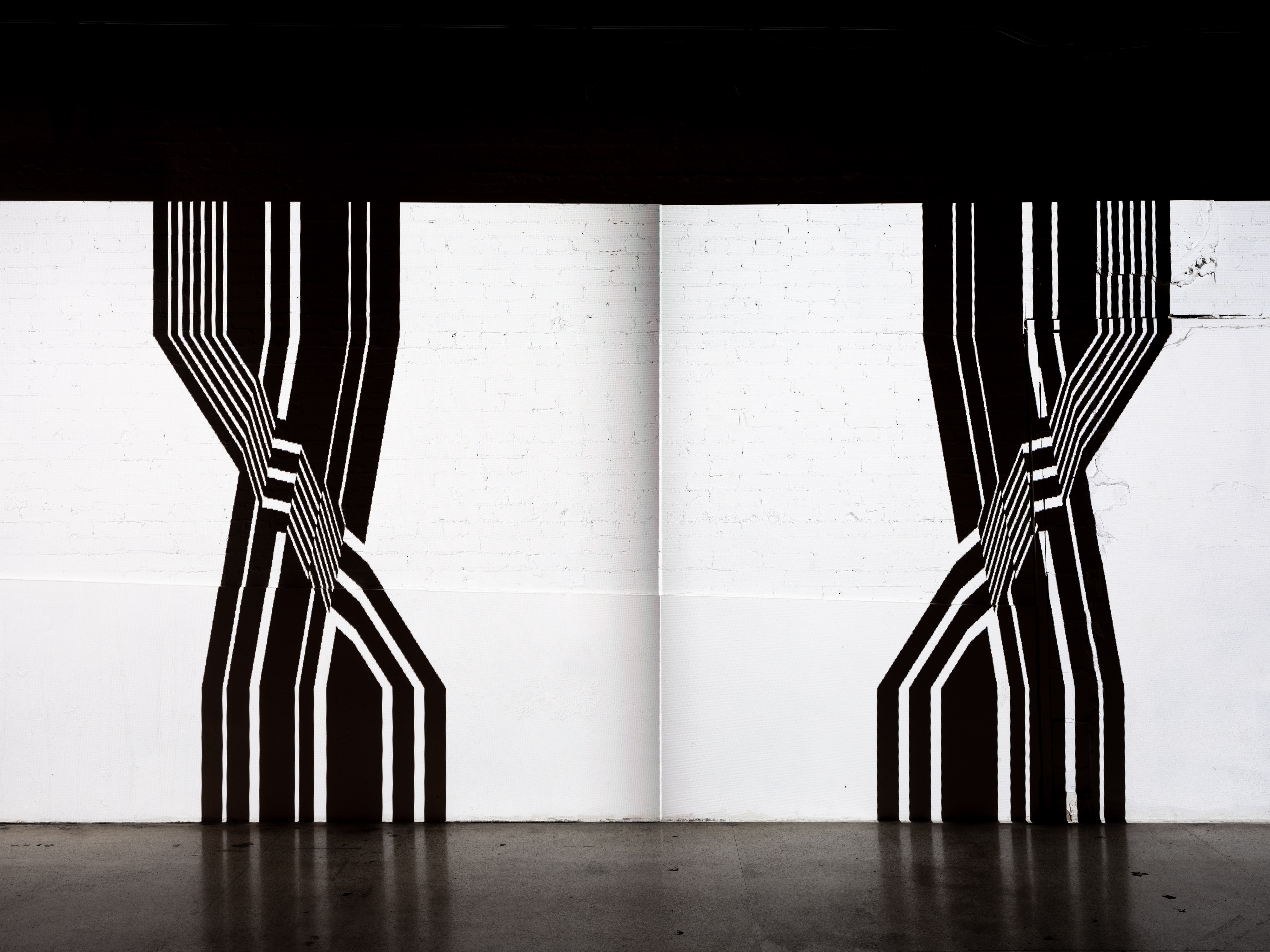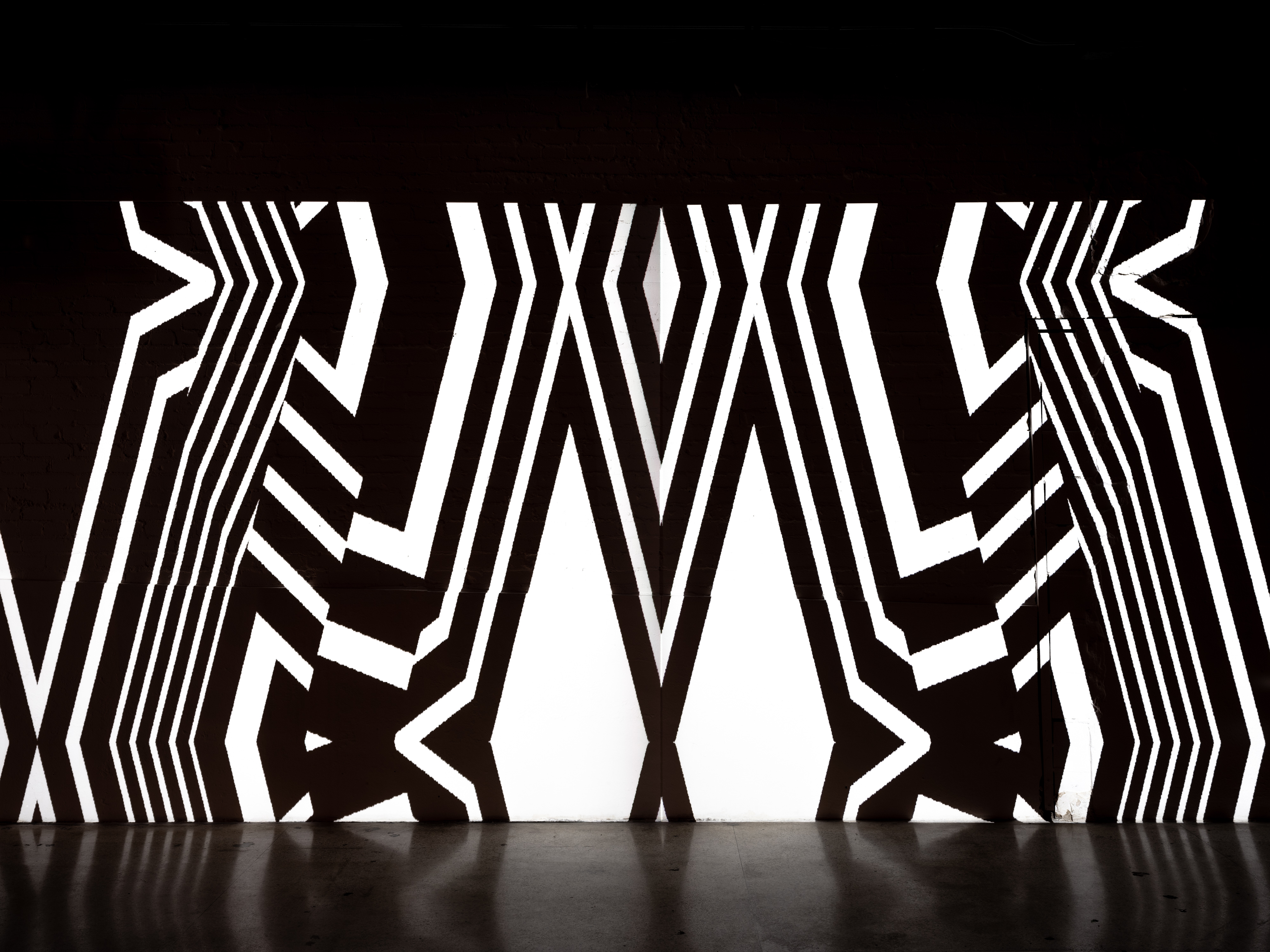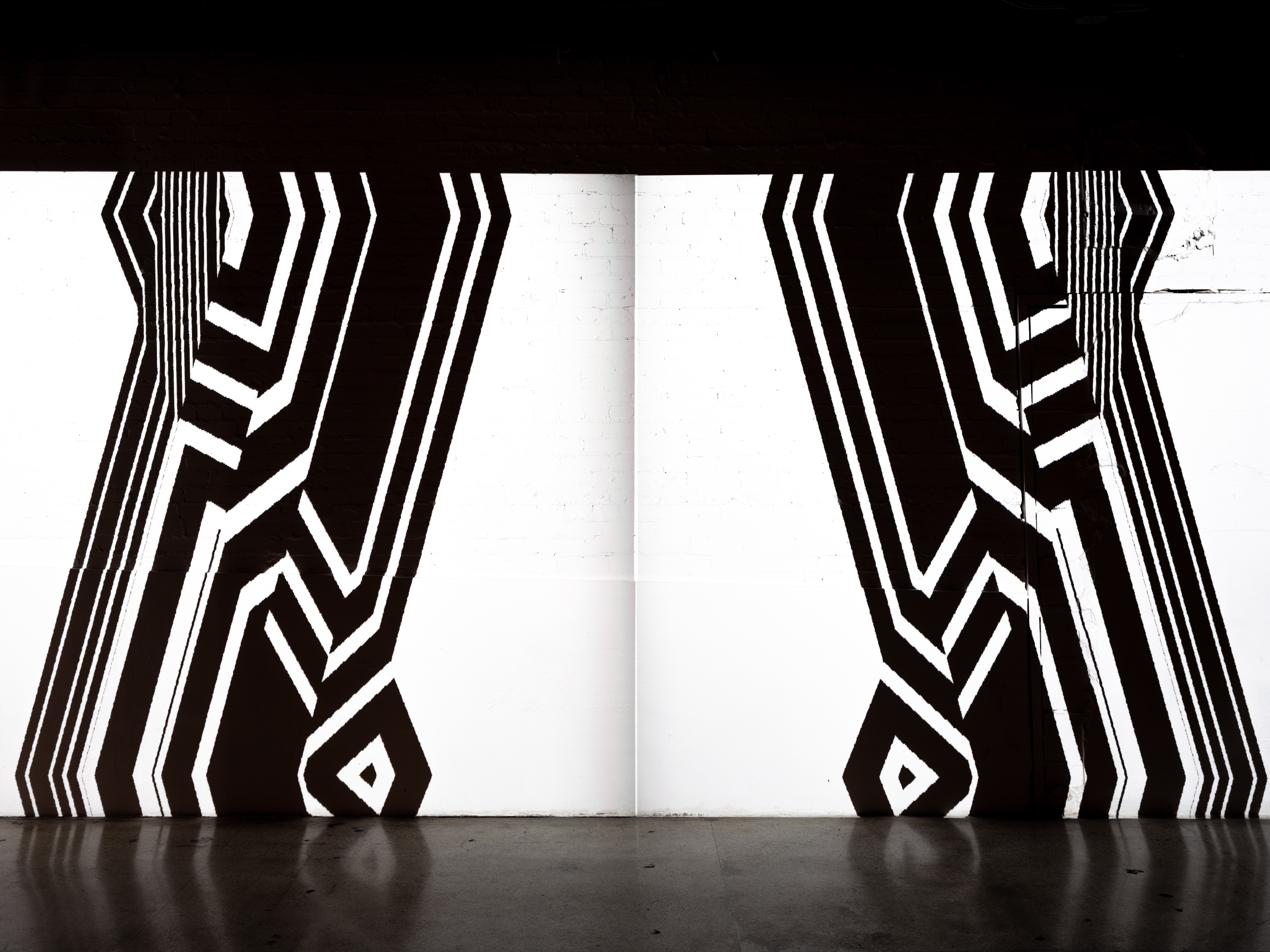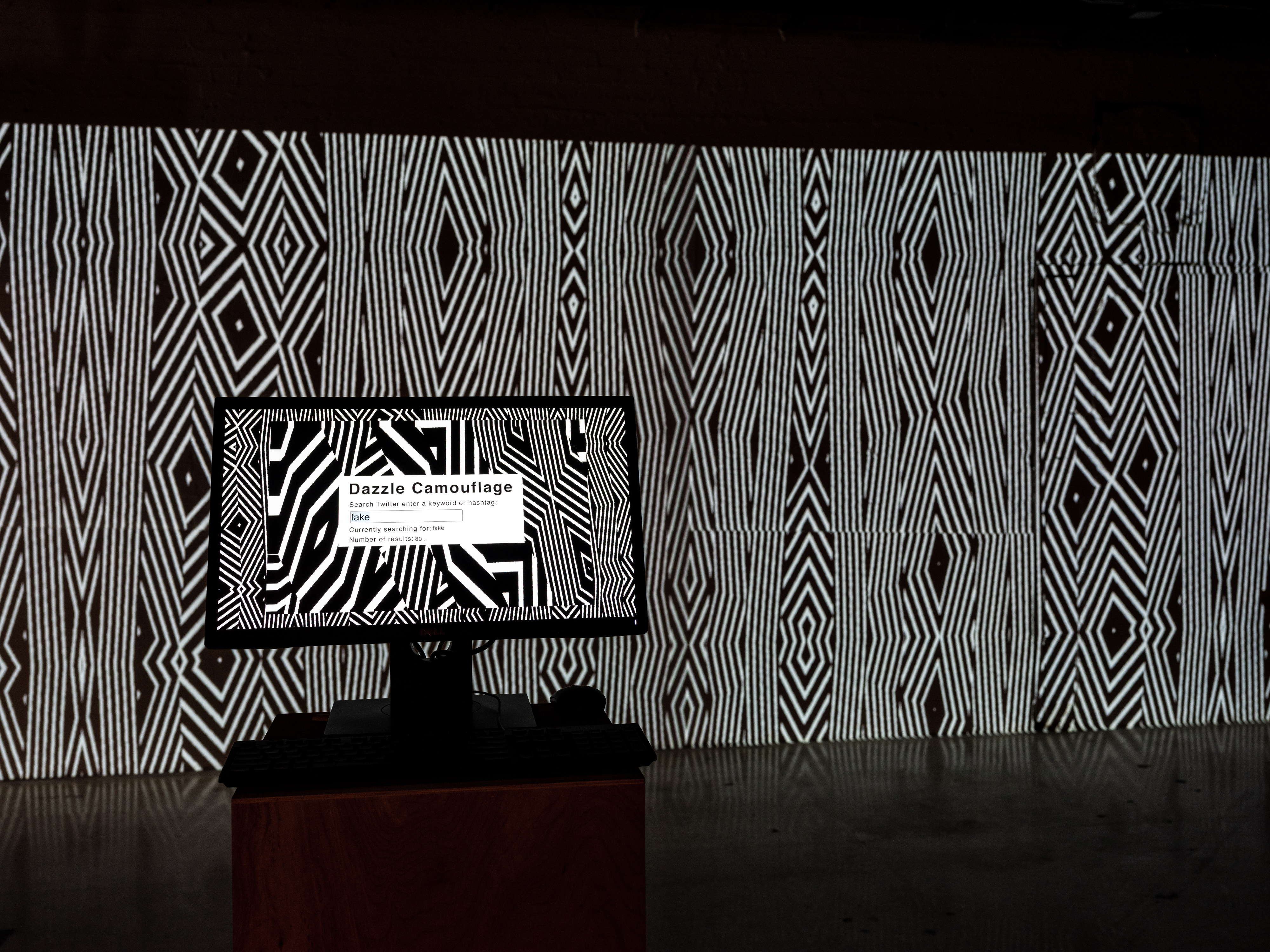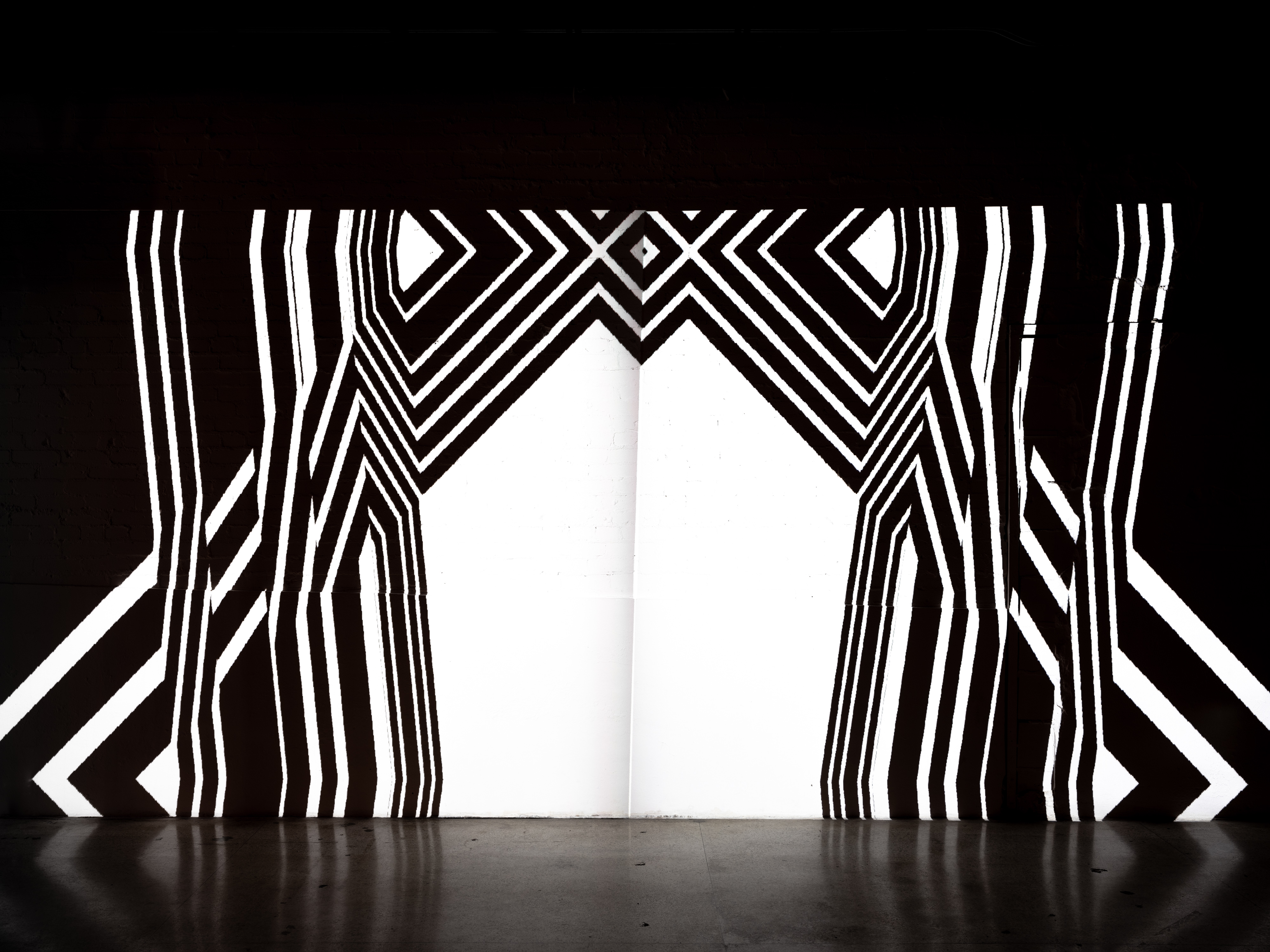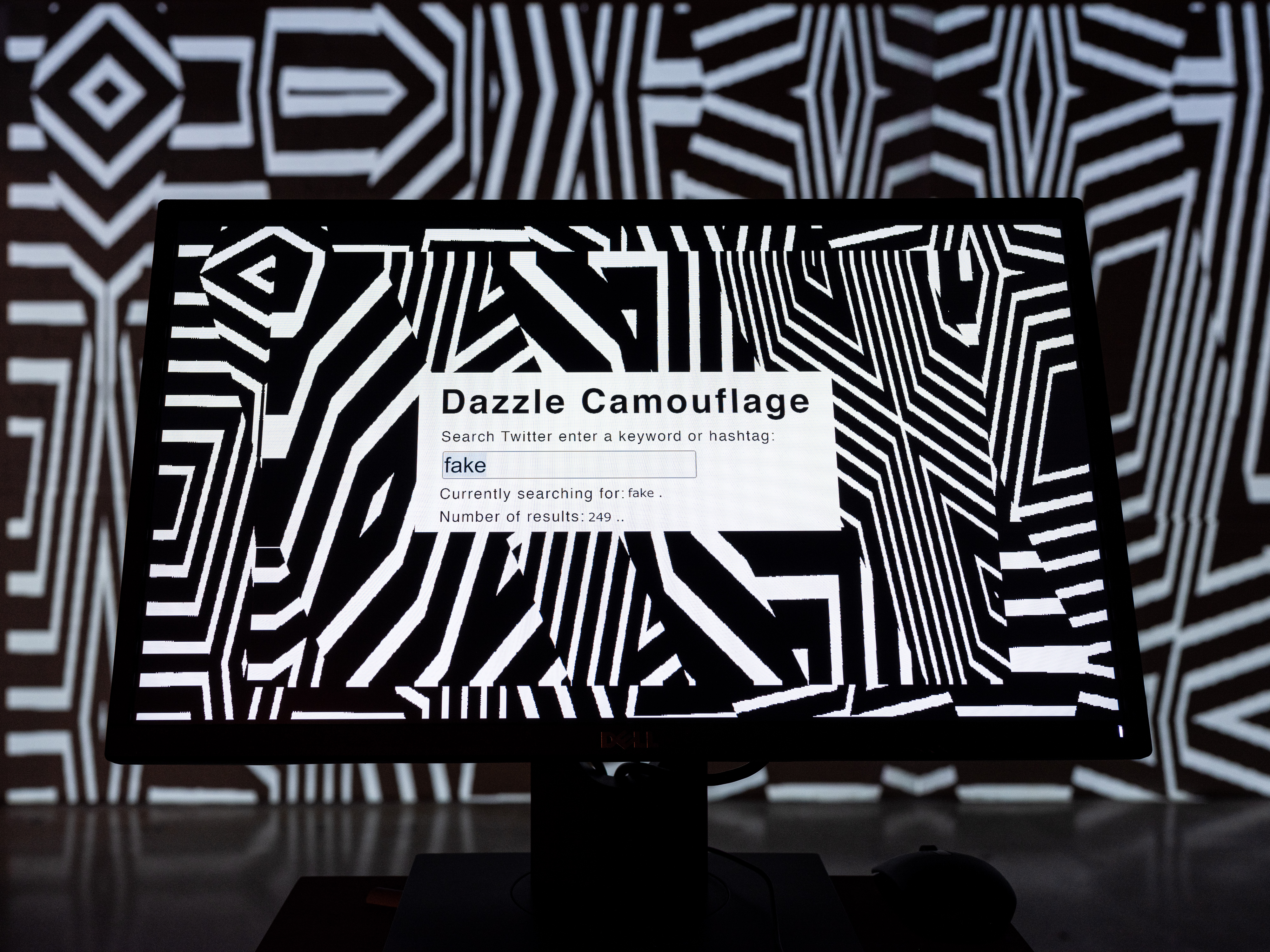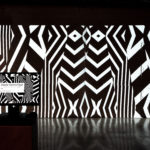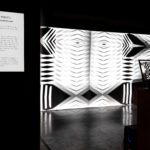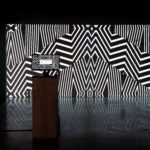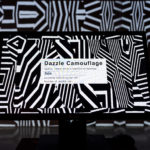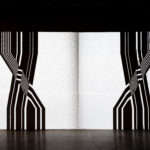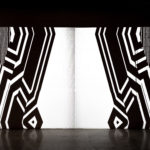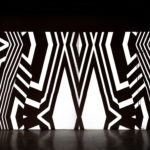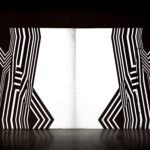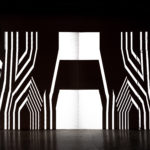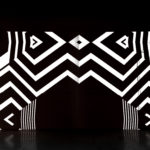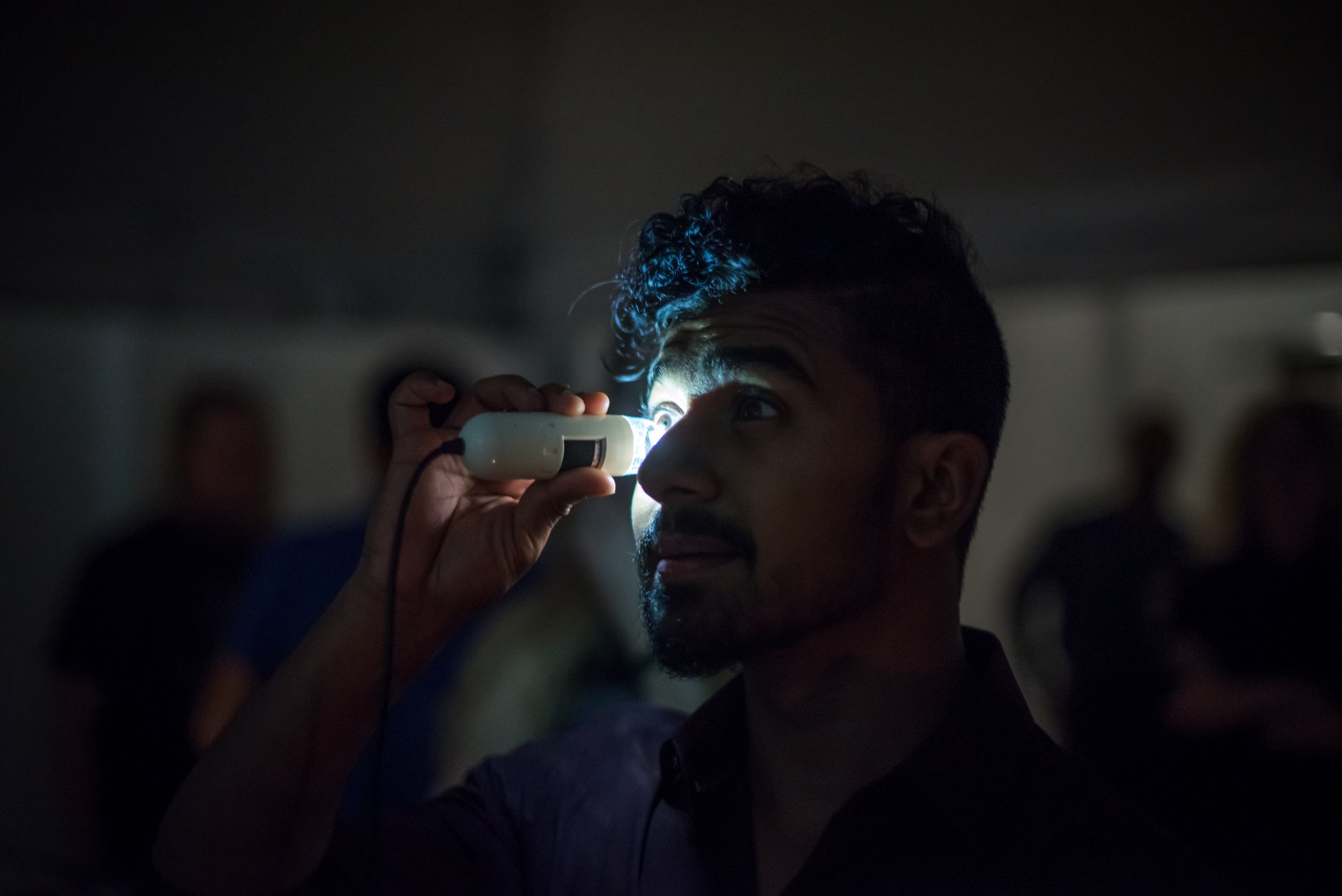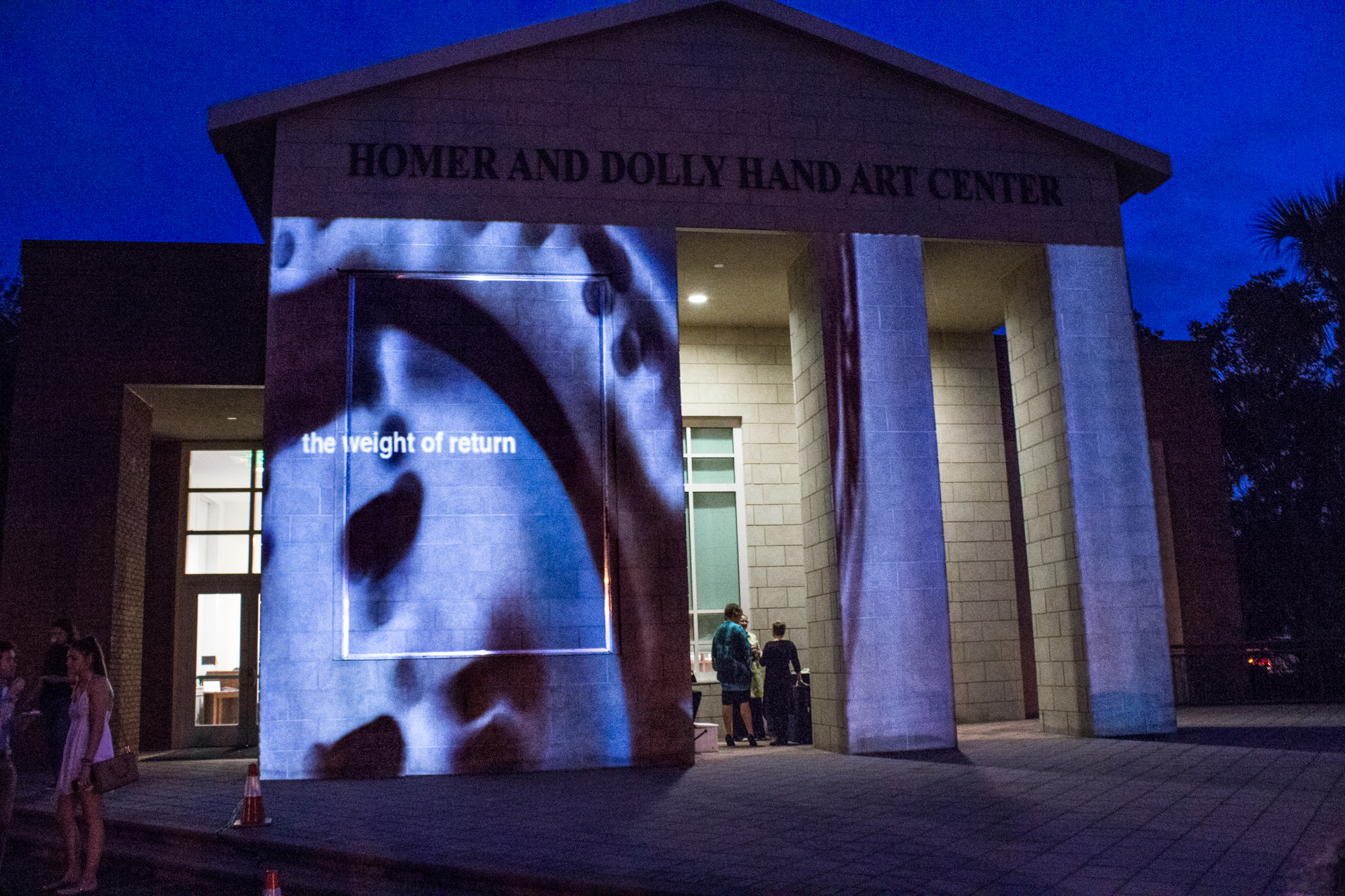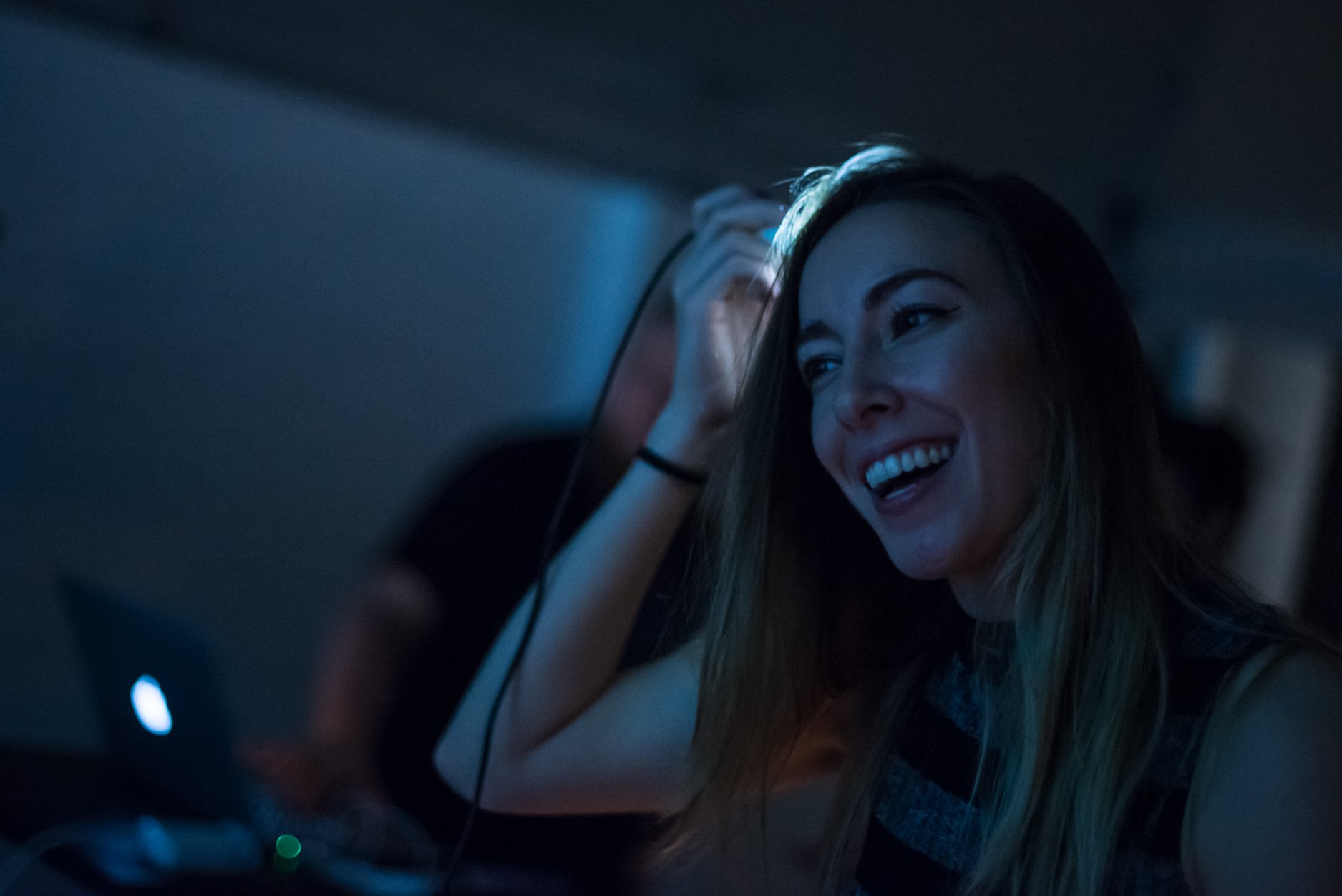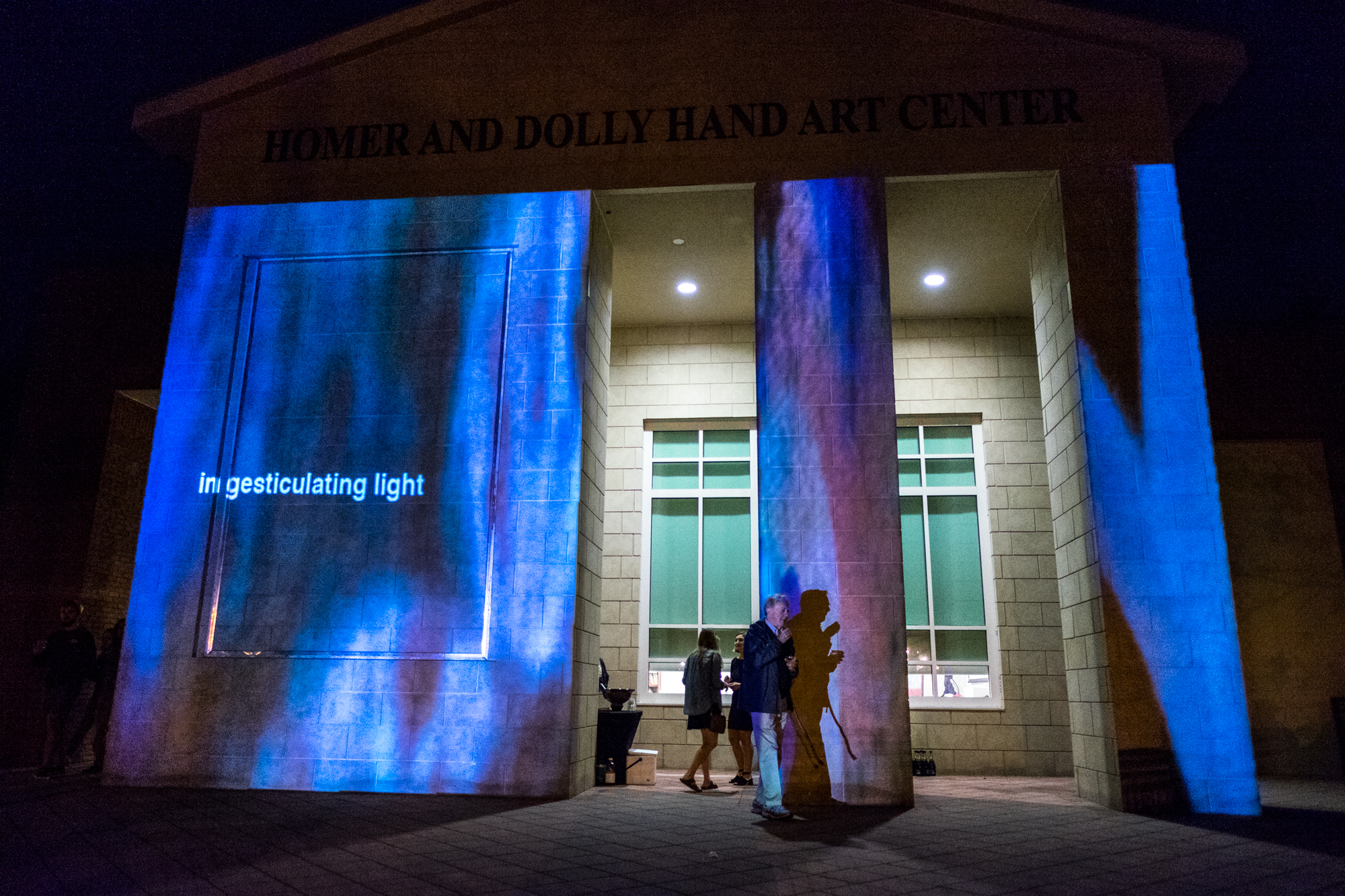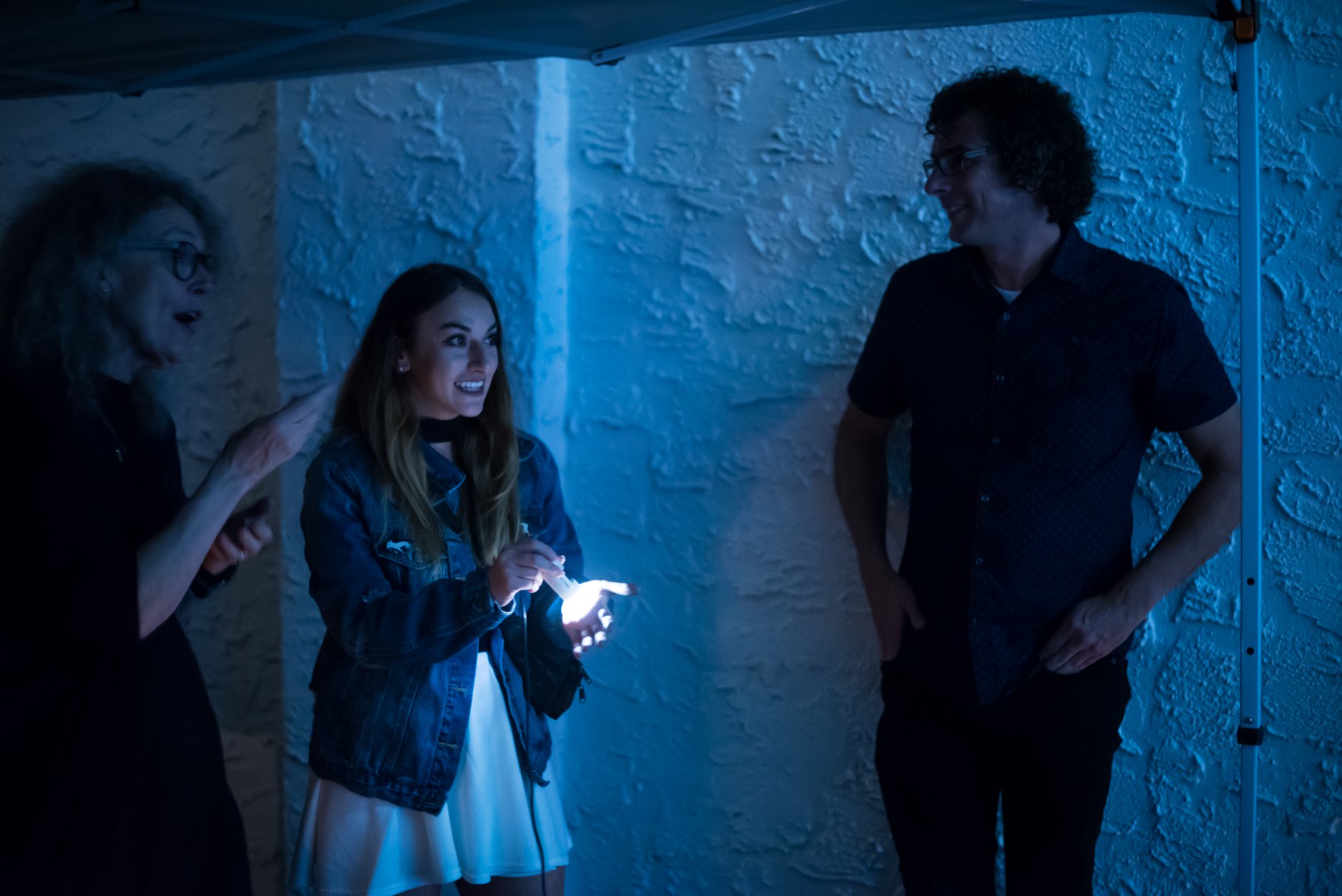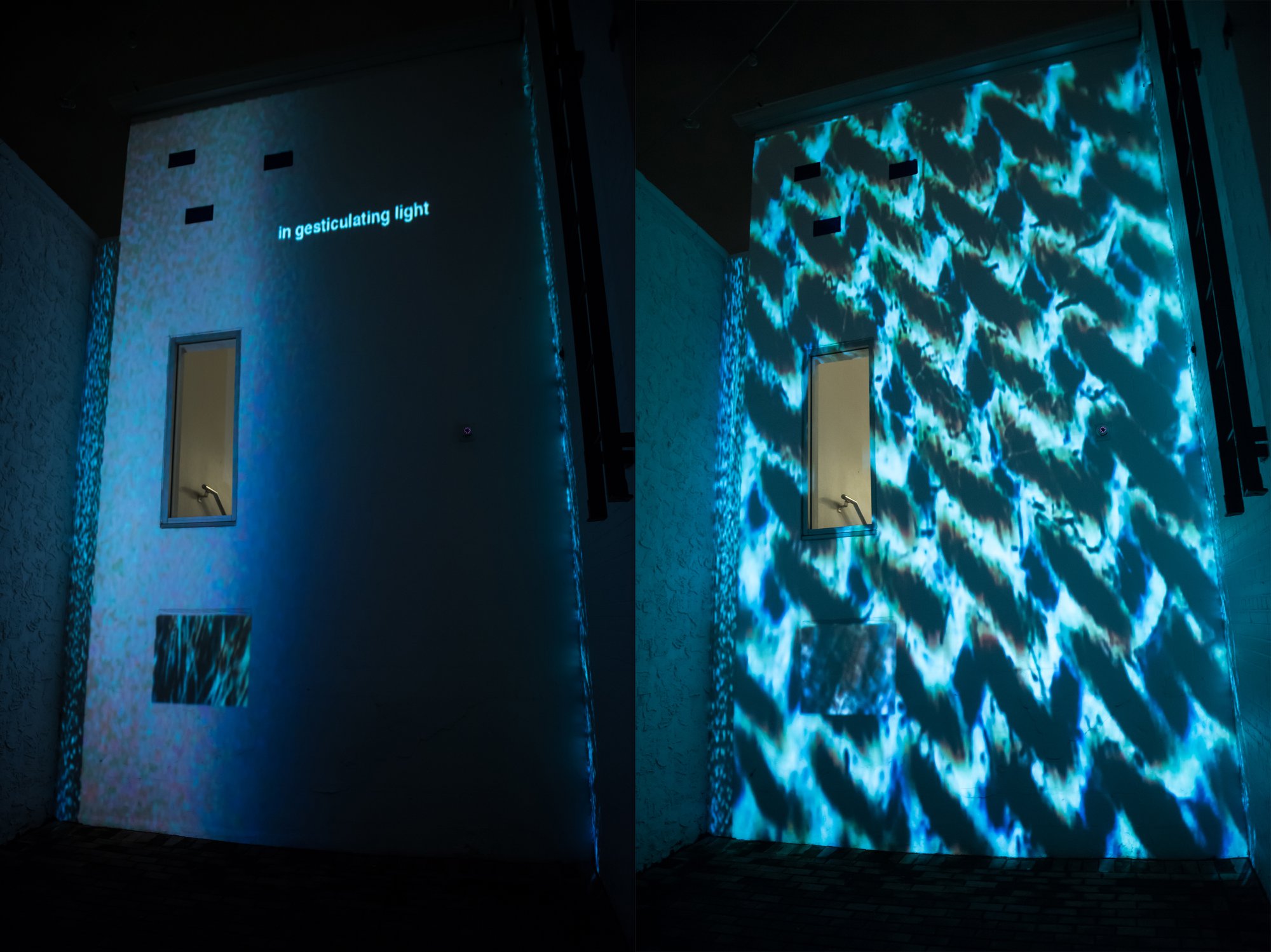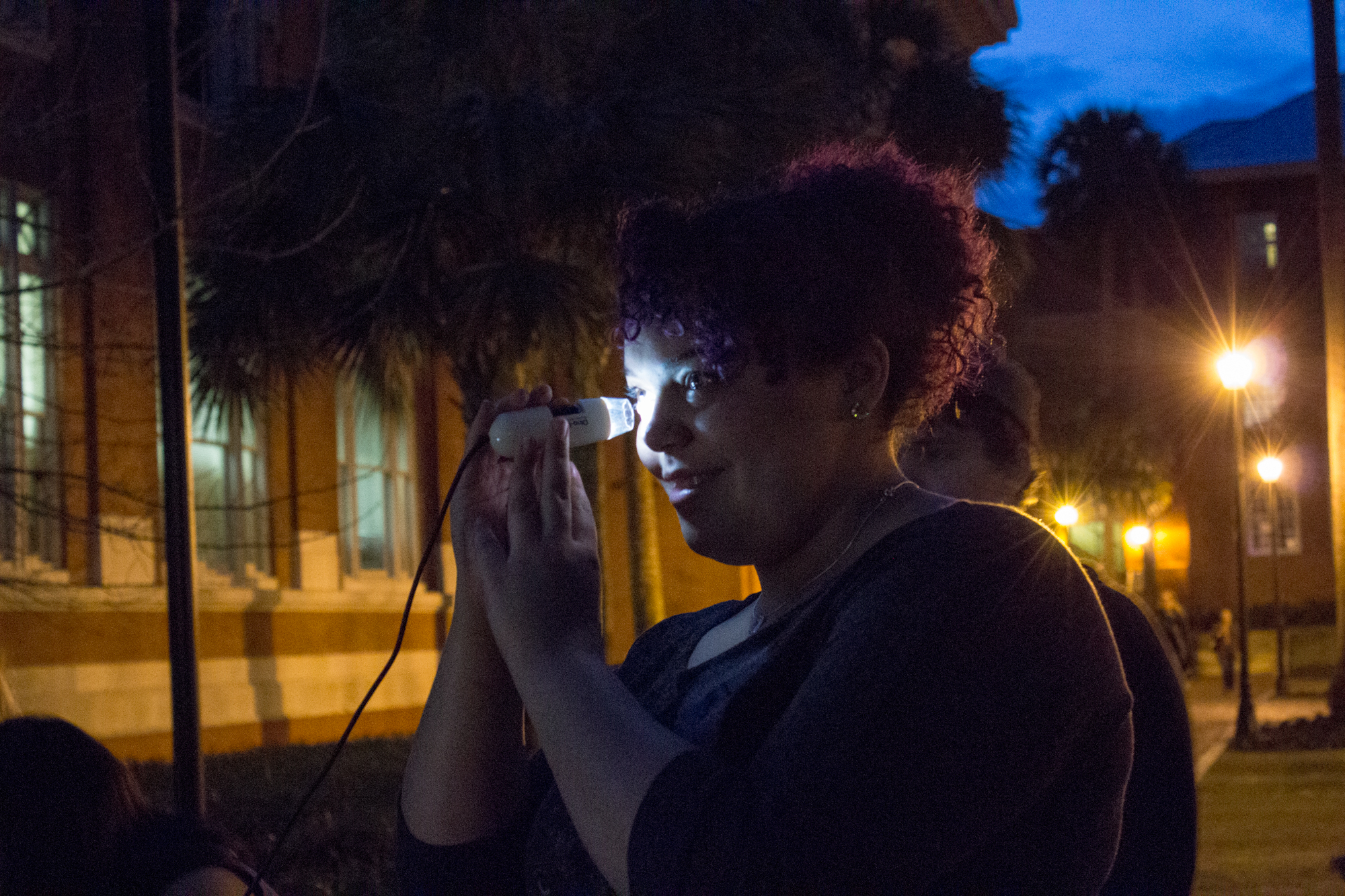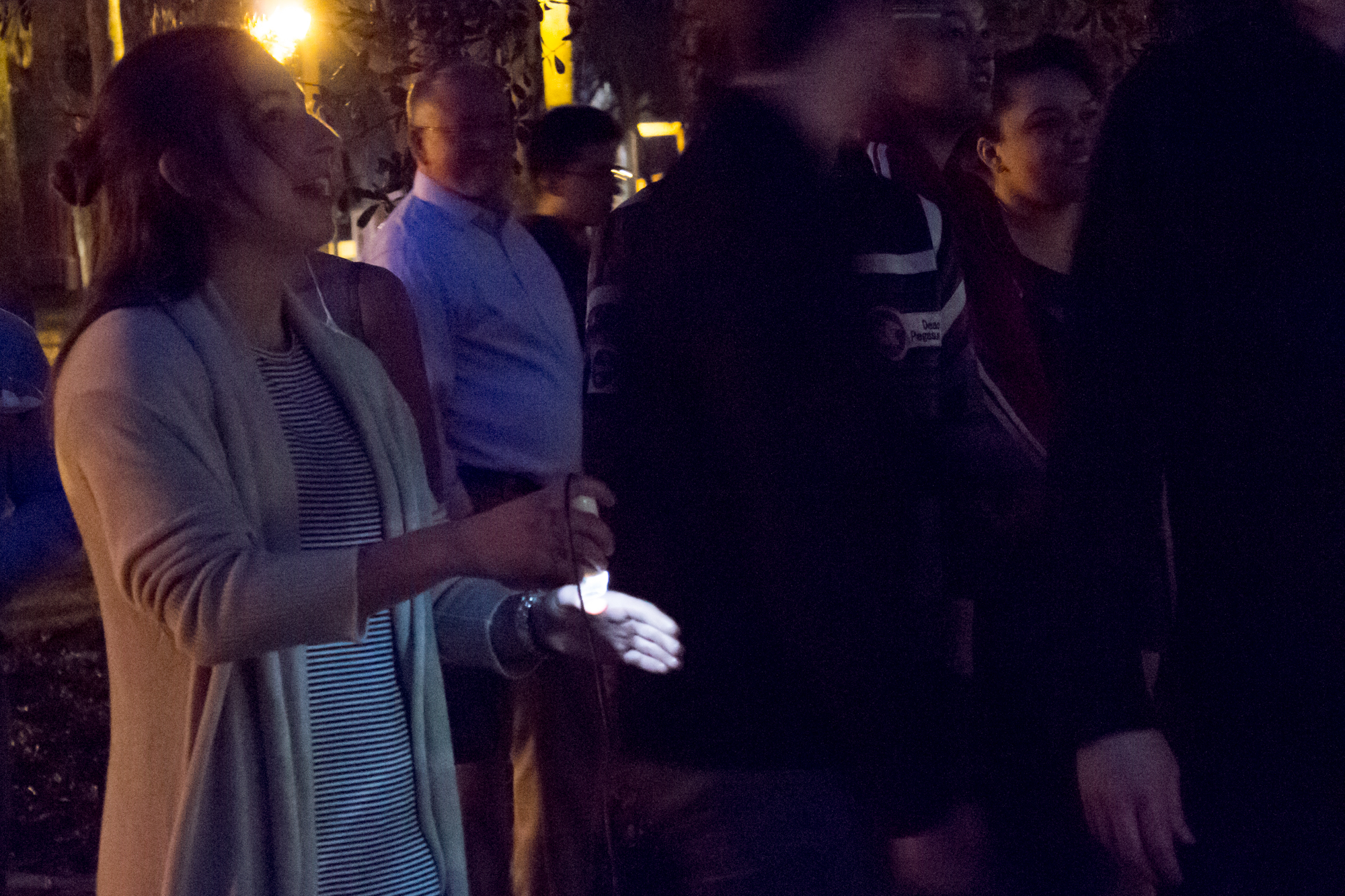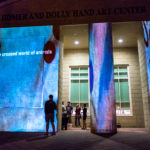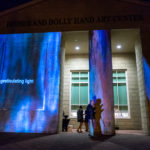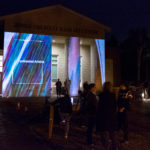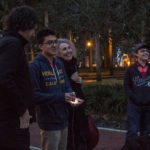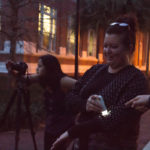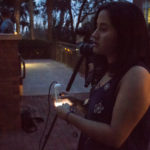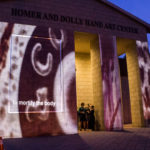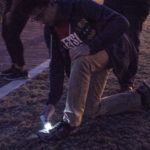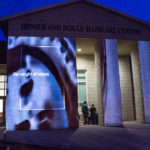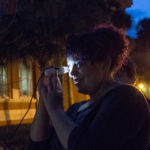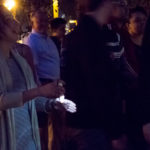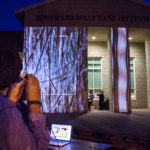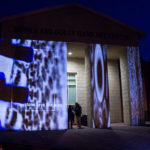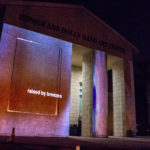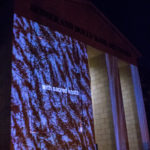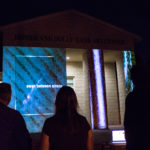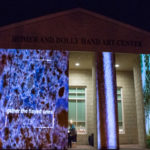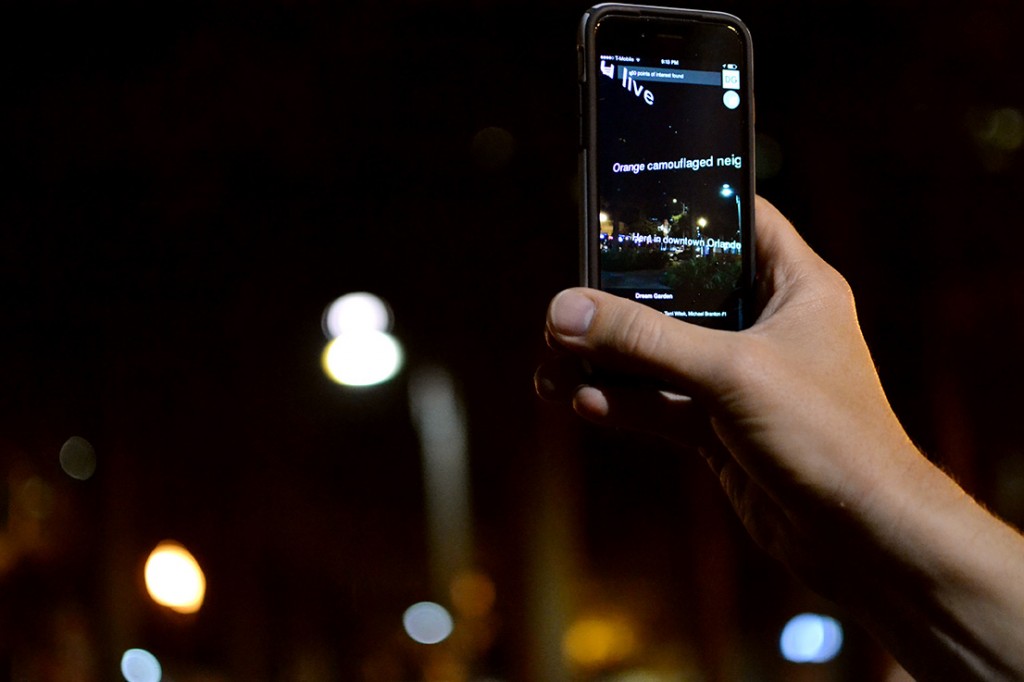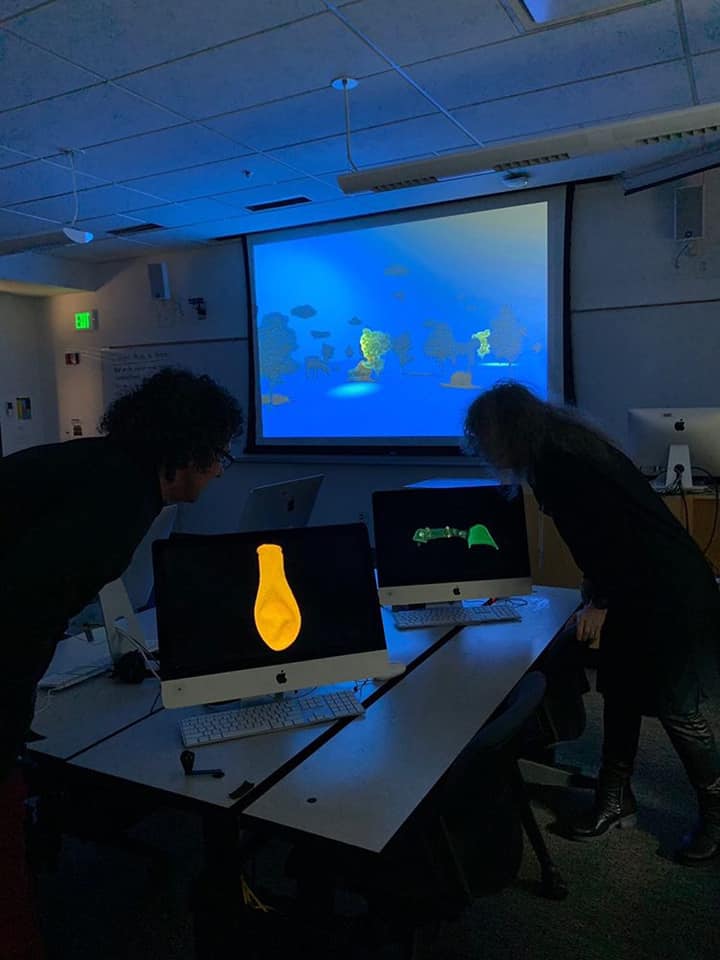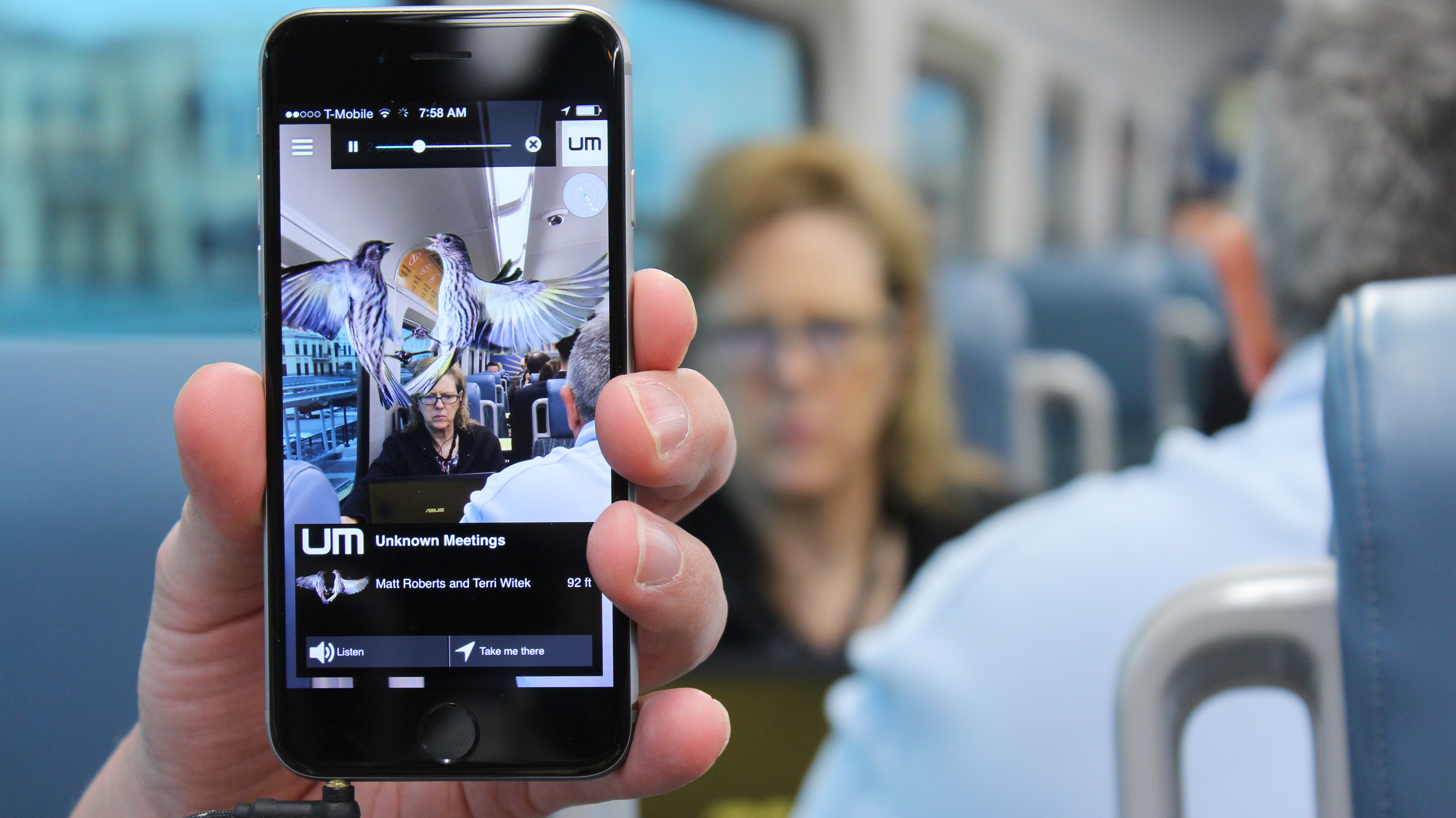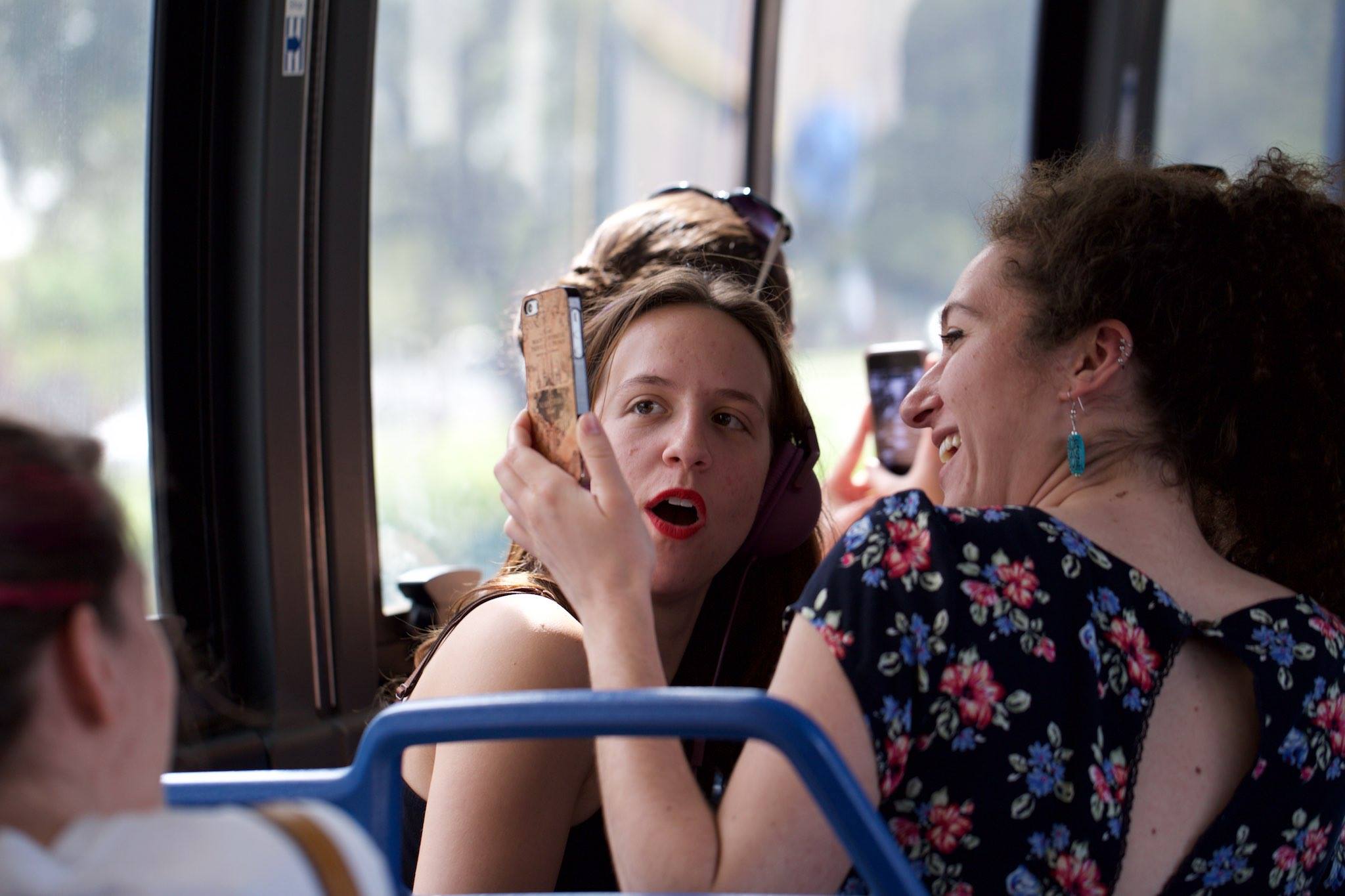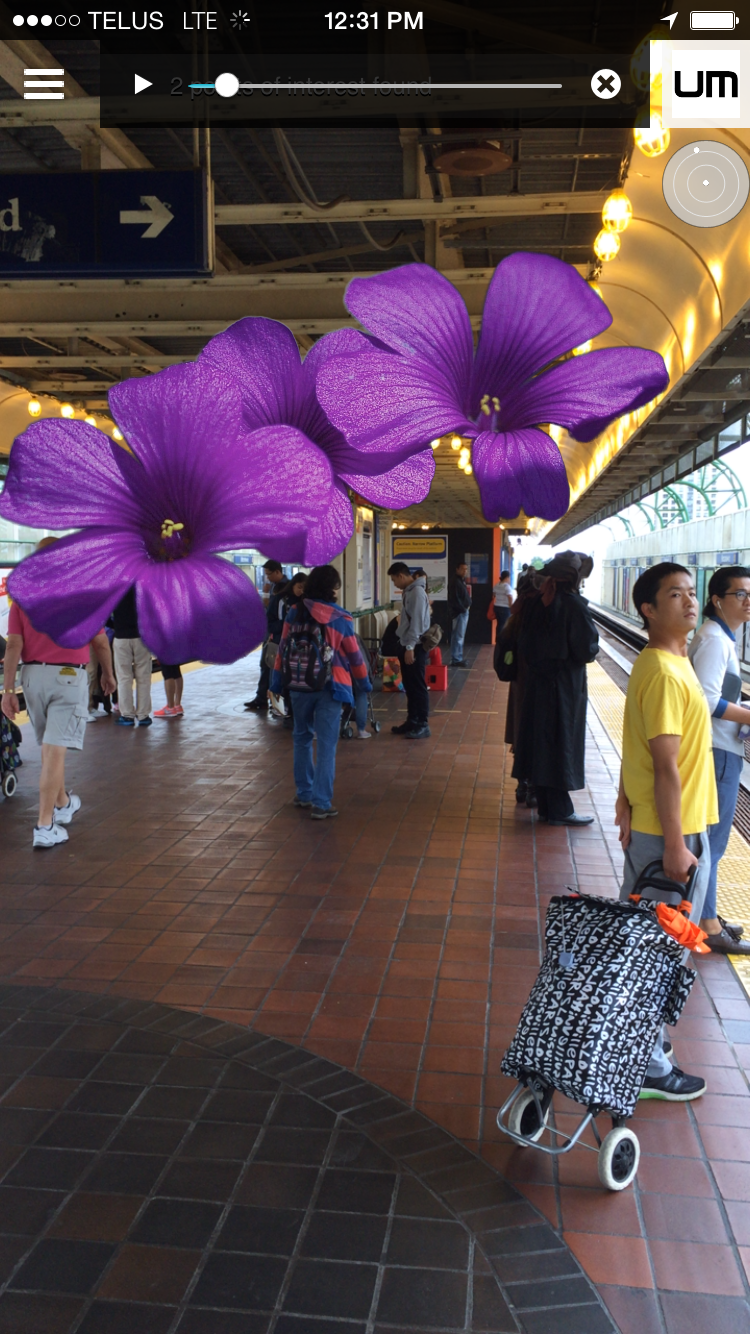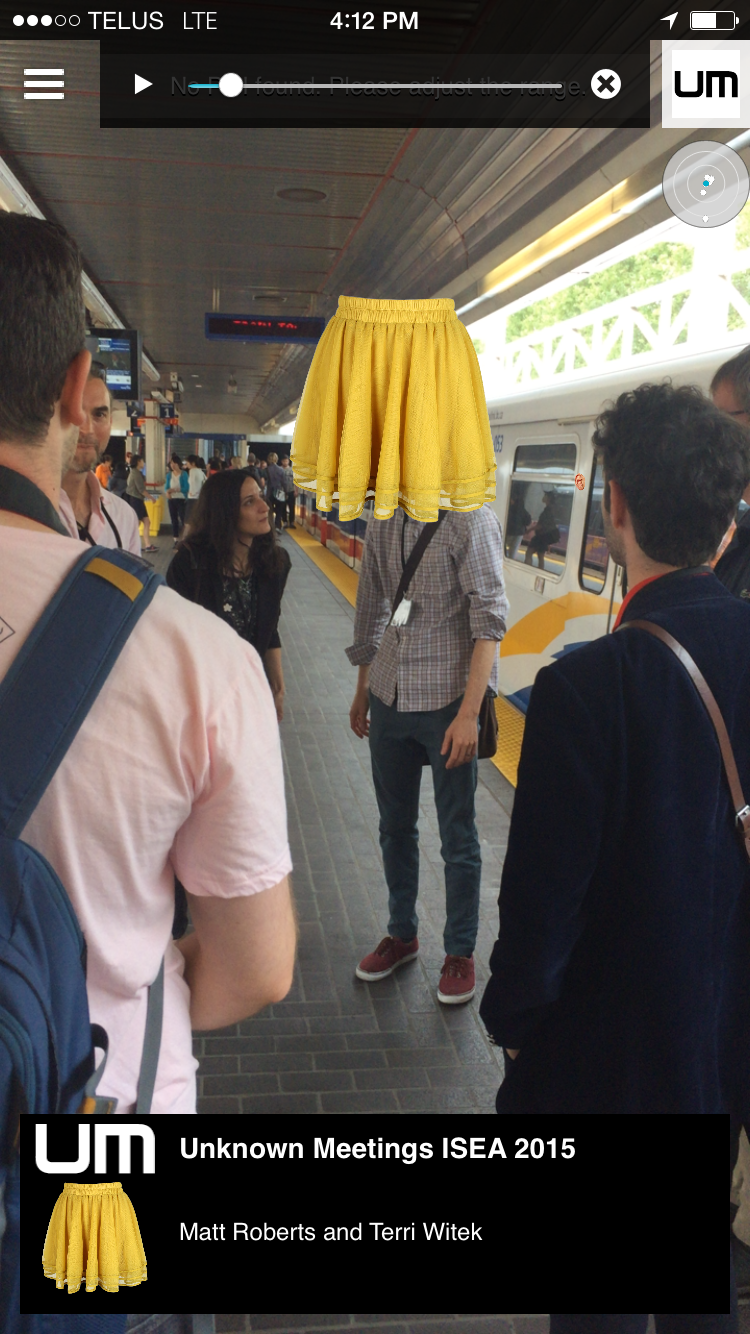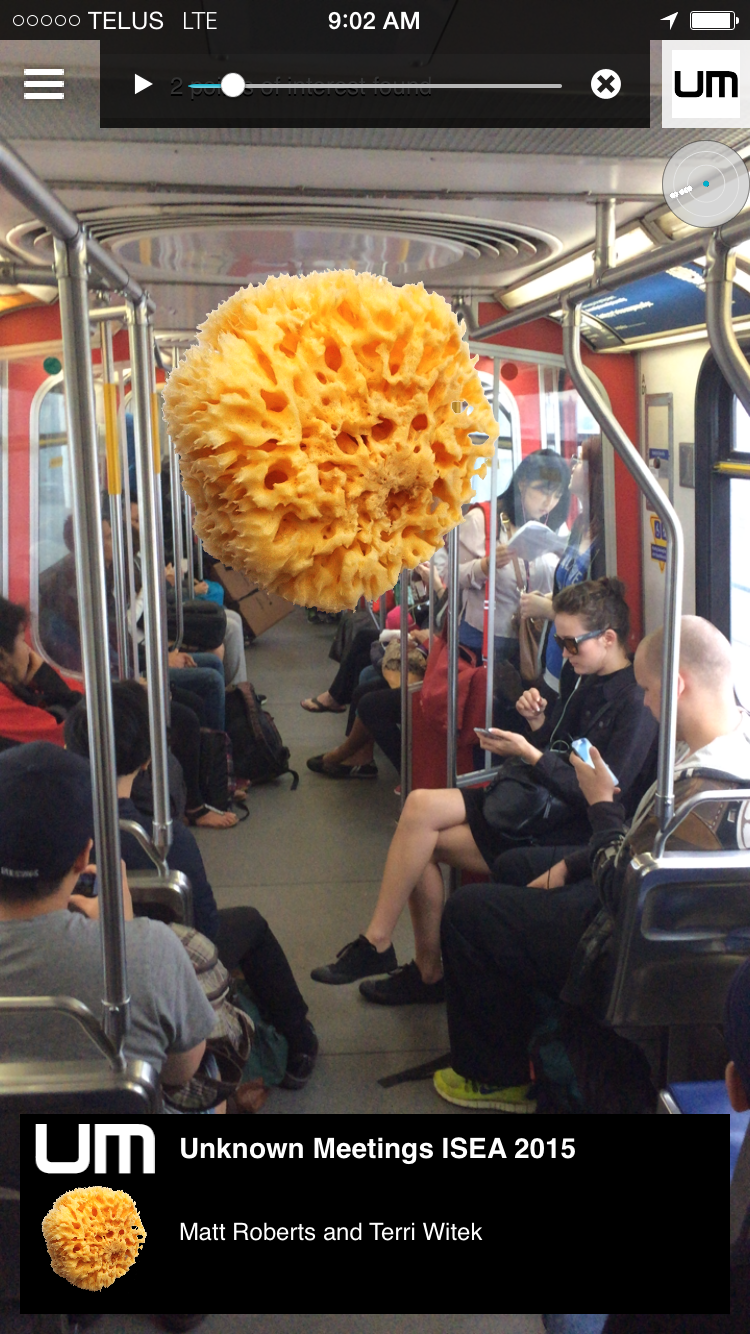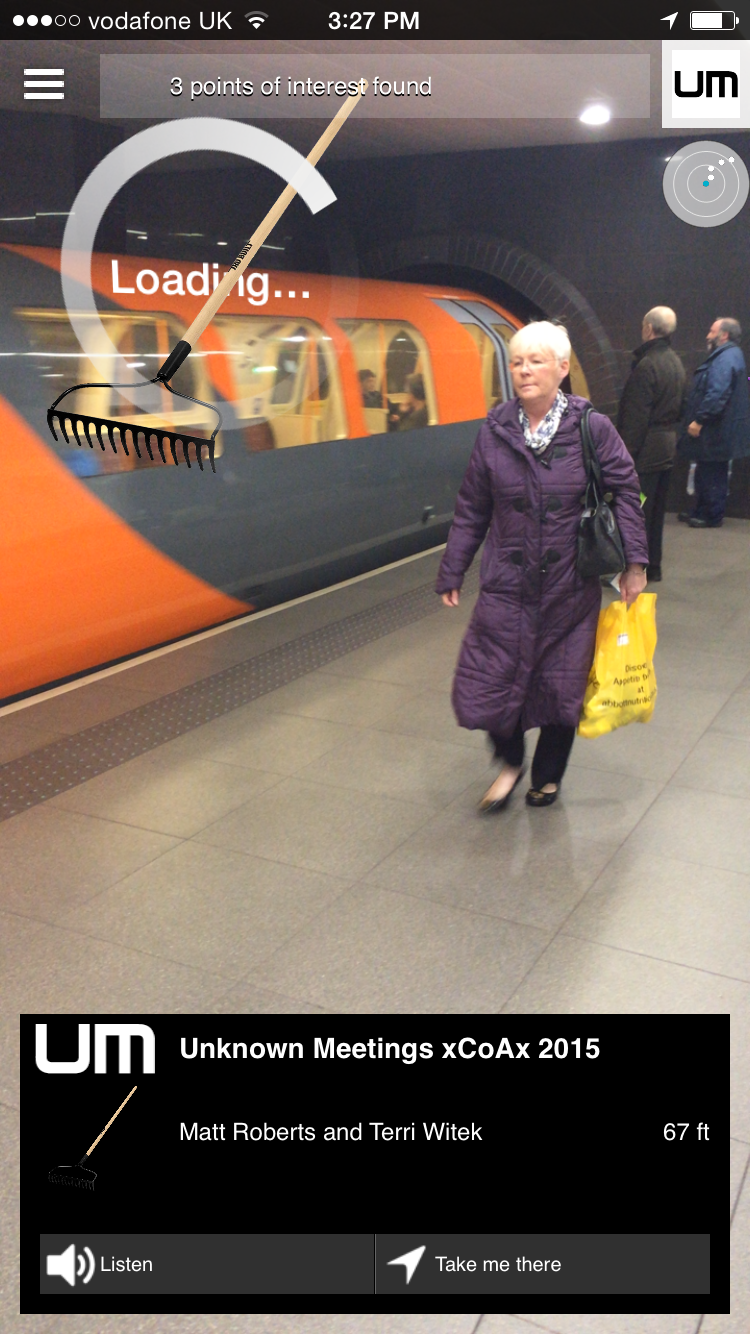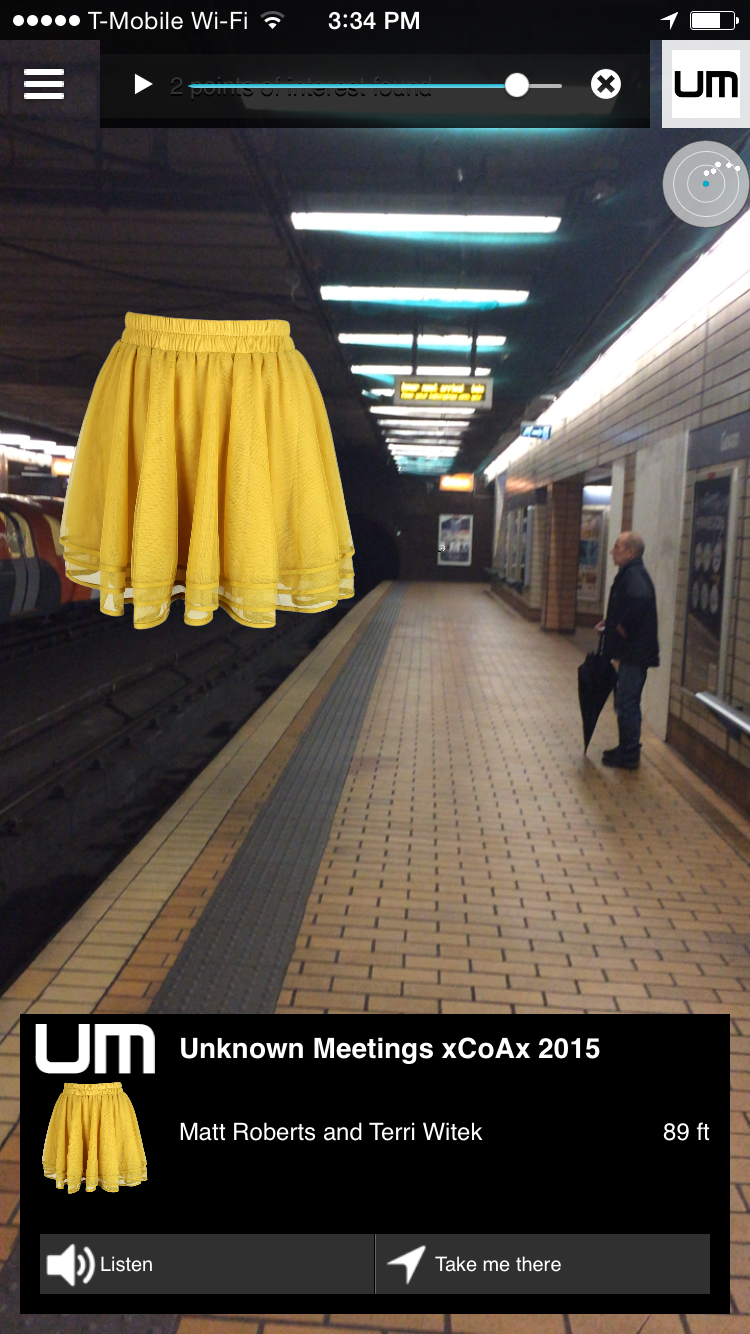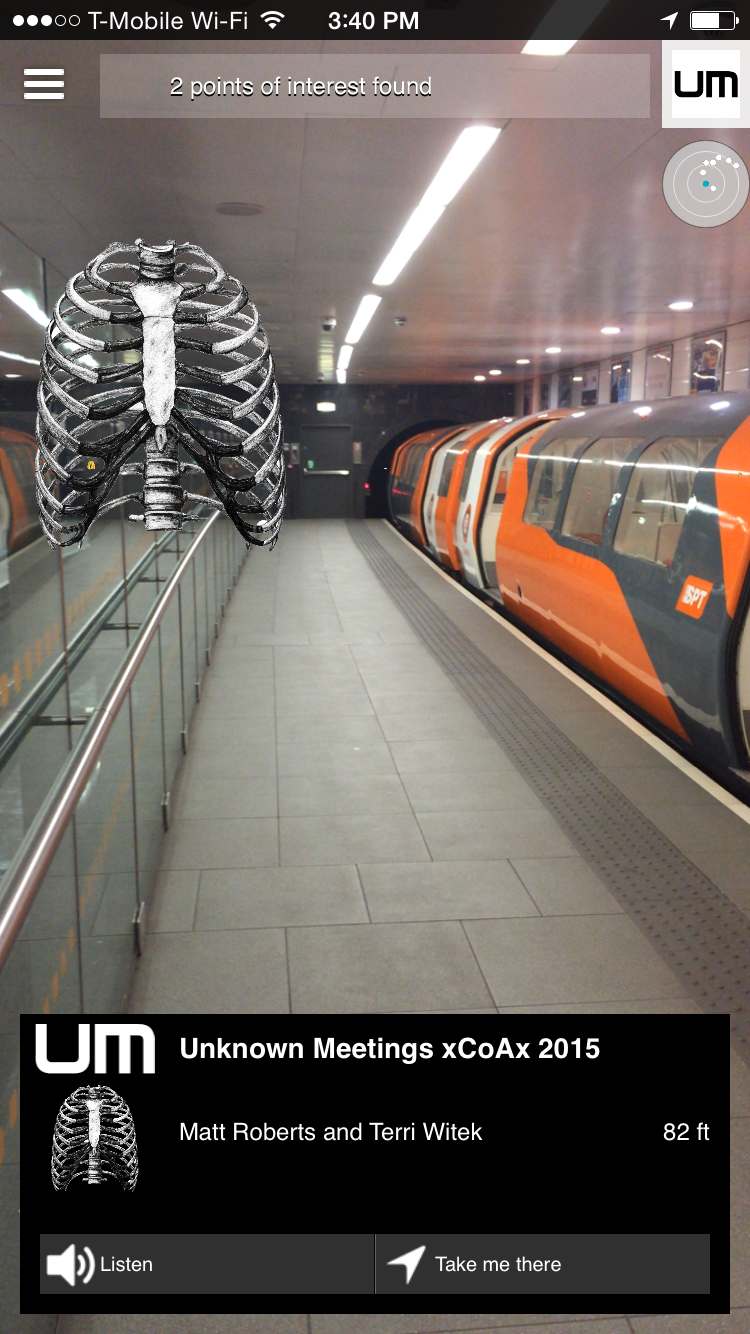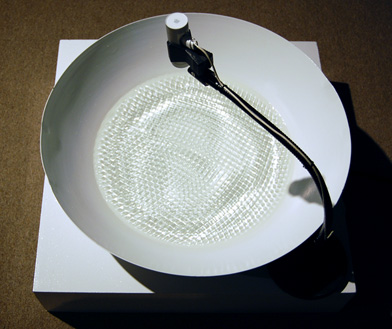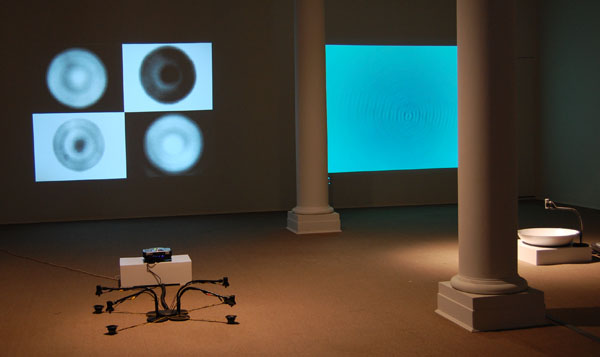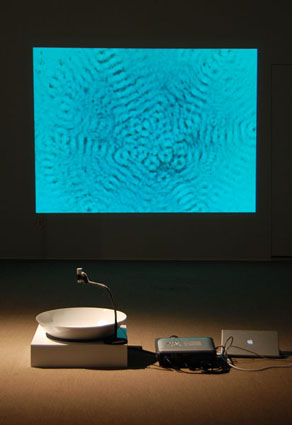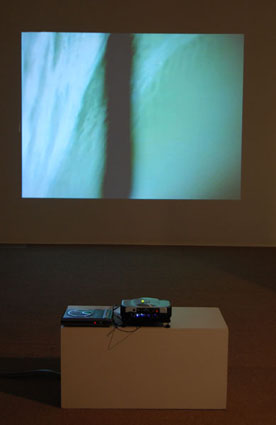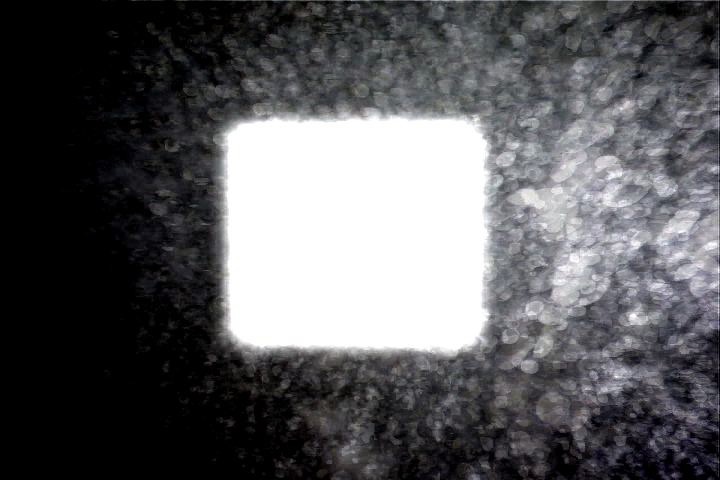Invasive Species Exhibition
Invasive Species is an ongoing series of photographs, animations, and augmented reality created from plastic debris along the Florida coastline. These works symbolize our interspecies entanglements with plastics, human activity, and the environment, and considers these entanglements as both highly problematic and rich in possibilities.
Glitch is the Soul in the Machine
Dazzle Camouflage, included in the exhibition Glitch is the Soul in the Machine, is currently on view at Minneapolis College of Art and Design.
Glitch is the Soul in the Machine is an international exhibition showcasing emergent forms of new media art that playfully reveal the way digital technologies influence our perception of reality even as they corrupt the practice of everyday life. If, as conference exhibition curator Mark Amerika suggests in his “Glitch Ontology” manifesto-performance, “Glitch is the soul in the machine,” then how do works of contemporary art reveal what is broken, dysfunctional, hacked and cracked in our information-saturated culture?
Invasive Species AR
The latest augmented reality additions to my ongoing Invasive Species project. These AR projects allow you to become invasive species made from discarded plastics found along the Atlantic Coast. These species symbolize our problematic and burgeoning interspecies entanglements with plastics, humans, and nature.
Invasive Species (Plastic Bottles): Wear a bottle as a mask and open your mouth to birth more invasive species, part plastic, and part human. https://www.instagram.com/ar/434009021287905/
Invasive Species (Plastic Bottle Swarm): Open the app and then your mouth to release an invasive species. https://www.instagram.com/ar/857770141635499/
Invasive Species (Bottle Caps): Touch the screen to wear different masks made from images of bottle caps found along the Florida Atlantic Coast. https://www.instagram.com/ar/883813112156460/
Invasive Species (Wrappers): Touch the screen to wear different masks made from images of wrappers found along the Florida Atlantic Coast. https://www.instagram.com/ar/825977341556164/
Breathe the Machine at ELO2020
Breathe the Machine – interspecies morph edition at ELO 2020
A collaborative group composed of a prose writer (Teresa Carmody), new media artist (Matt Roberts), 3-D animator (Dengke Chen), and poet (Terri Witek) enter your personal computers and suggest that in this particularly viral moment, individual breaths + machines may be the closest we get to community touch.
Project Website https://btm19.weebly.com/
Zoom Recording
Breathe the Machine at ELO 2020 from Matt Roberts on Vimeo.
Interspecies video conference
Dazzle Camouflage
Dazzle Camouflage is a mode of camouflage that uses confusion rather than concealment as its method. Developed in the early 20th century, Dazzle Camouflage was often added to naval ships, which were painted to feature perplexing black and white patterns. In these uncertain times with access to immense amounts of information and when terms such as fake news, deep fakes, alternative facts are becoming part of our lexicon, we often find that the true meaning of our inquiries as with all our desires is concealed by confusion.
To participate a user can enter a search word or hashtag to search Twitter. The frequency of the word on Twitter is used to generate black and white patterns. The software will continue to search for the word on twitter and create more complex patterns as the frequency of the word increases.
Invisible Instruments
Invisible Instruments
A digital microscope and custom video mapping software let participants project microscopic parts of themselves coupled with short poetic text onto large architectural objects. This collective public performance with three layers—edifice, miniature, and wandering signage—-shows what happens when a public space is overwritten by an ephemeral and intimate one.
A collaboration between new media artist Matt Roberts and poet Terri Witek
Dream Garden
Description:
Dream Garden is a site-specific project to gather, graft and nurture a city’s dreams. Each time a city dweller texts a 7-word dream (a poetic form moving private experience into public space), that dream automatically joins others both in a “garden” (a designated physical location in the city) and online at inthedreamgarden.com. The project shows how how some community resources– like citizens’ dreams — can inhabit and expand a space without wounding it, colonizing it or wasting natural resources. As a political space, it’s urban renewal and greening without displacement. As a philosophical space it suggests that dreaming together may change a city and even a country. As a community garden it suggests that our dreams aren’t wasted—they are growable, transplantable, and in the poetic space of the project, both virtual and real.
How it works:
This project uses Layar, a free augmented reality application for mobile devices. Participants can download the Layar app and see their texted dream joined with others in site-specific locations. The international project is designed to adapt to any urban space.
This is a collaborative project with poet Terri Witek and software developer Michael Branton. For more information about the project visit inthedreamgarden.com
Breathe the Machine
The FaaS were future-oriented. Every day, they contemplated the question: what kind of ancestor will you be?
A collaboration between prose writer Teresa Carmody, new media artist Matt Roberts, 3-D animator Dengke Chen, and poet Terri Witek. In Breathe the Machine, we repurpose computers in an existing university lab to respond to human breath. Blow on the computer; something happens. The computer lab becomes an installation, an archive of a near future where some creatures have learned to morph. With each breath, the individual computers send data to a hub computer, co-creating a story displayed on a larger screen (projected on wall of lab). Simple biological actions momentarily converge human and mechanical worlds.
Unfolding
Excerpts from a 45 minute performance (4:40 min)
Unfolding is an improvised audio visual performance featuring Satoshi Takeishi and Matt Roberts. Takeishi performs with a prepared hammer dulcimer to create a mysterious and alluring soundscape, while Roberts accompanies Takeishi’s musical improvisations with real-time animation and video projection.
Full performance (40 min)
Satoshi Takeishi, drummer, percussionist, and arranger is a native of Mito, Japan. His art explores multi-cultural, electronics and improvisational music with musicians and composers from around the world. Takeishi has appeared on over 75 recordings including those by Latin giants Nestor Torres, Ray Barretto, Hector Martignon and Eliane Elias (in the film, “Calle 54”). He has also performed with Laszlo Gardony, Shoko Nagai, Dave Liebman, Badal Roy, Erik Friedlander, Cantor, Sasha Argov, Colombian saxophonist Antonio Arnedo, Paul Winter, Antony Braxton, Theo Bleckmann/Ben Monder, Joel Harrison and Rob Brown.
Matt Roberts is a new media artist specializing in locative media, physical computing, augmented reality, and real-time video performance. His work has been featured internationally and nationally, including shows in Taiwan, Brazil, Canada, Argentina, Italy, Mexico and nationally in New York, San Francisco, Miami, and Chicago. He was awarded the Transitio Award by the International Transitio_MX Festival in Mexico City, and his work has been reviewed in New York Times, Wall Street Journal, and Miami Herald. Roberts received his MFA from the University of Illinois at Chicago, and is currently an Associate Professor of Digital Art at Stetson University, DeLand, Florida.
The Strangers
Burdened by history and our own expectations, art can become settled in space/place. The Strangers invites Orlando Museum of Art visitors to re-meet some familiar OMA holdings. Museum-goers are invited to download the free Layar app on their smartphones and through brief augmented reality encounters get to unknow the collection.
Unknown Meetings
Unknown Meetings is a site-specific augmented reality project that takes as its premise the awkward and surreal encounters that daily occur on commutes. Designed by new media artist Matt Roberts and poet Terri Witek for local transportation systems riders activate via smart phone both an “unknown” object moving over the actual landscape and an accompanying brief poetic audio file which considers such encounters.
These are activated whenever the train approaches a station. Commuters use the free Augmented Reality app Layar on their smart phones to see a floating image—usually an out-of-place object –and hear a brief accompanying text. Stations are nexuses of anxiety when we commute—is this our stop? By floating objects and words that offer still more unexpected juxtapositions, Roberts and Witek try to shift the anxiety of arrival into a consideration of moving “connections.”
FIRE DREAMS
Description:
This project takes as its premise that when we walk through cities, our bodies enter the dreams of other people who’ve walked there. New media artist Matt Roberts and poet Terri Witek map the city by floating various “dreamers” over interesting metropolitan spaces. City wanderers then follow this walkable dream map via an augmented reality phone app. Along the way, they are offered chances to see a dream, hear a dream, text a dream of their own, send a photo, and perform various other transmittable acts. These become part of the living dream map of the city.
How it works:
This project uses Layar a free augmented reality application for mobile devices. Participants can download the Layar app and follow the Fire Dreams map, which is designed as an international project adaptable to any urban space.
Project Website:
http://thefiredreams.com
Waves
This artwork responds to the current size and timing of the waves of the closet ocean of its current location. Every half hour the most current data from the closet ocean buoy station is downloaded. Custom software uses the current wave height and dominant wave period data from the buoy and transforms that information into a low frequency sound wave. As the size and timing of the waves in the ocean change so does the frequency of the sound waves produced by the software. These sound waves shake a bowl of water sitting on top of a speaker. This shaking produces wave patterns in the bowl that are captured by a video camera modified by the software and projected onto a wall. As the waves in the ocean change size and frequency the waves in the bowl will also change. This results in continuous variations of the shapes and patterns that one sees and hears which also reflects the constant changing conditions of the ocean.
Waves can be shown in various forms, below are examples of works driven by real-time wave data
Wind
Wind is a continuation of my interest in visualization of real-time weather data. This work responds to real-time wind data from the National Weather Service to create a moving abstract image.
EMP: Electronic Mobile Performance

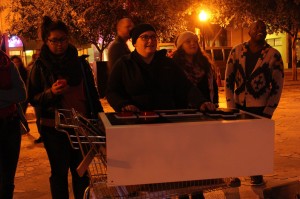

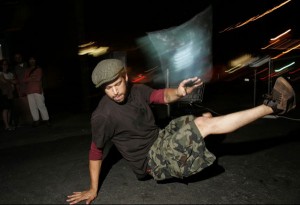
EMP: Electronic Mobile Performance is a collaborative, multimedia project involving faculty and students from Stetson University’s Digital Arts program. The group’s primary mission is to explore collaborative artistic production using new technologies and to find new ways of presenting art outside of traditional venues. EMP is directed and founded by Matt Roberts, Associate Professor of Digital Arts at Stetson University. http://electronicmobileperformance.com
An earlier incarnation of EMP was a group created and directed by Matt Roberts know as MPG: Mobile Performance Group. MPG presented a number of site-specific performances at festivals and conferences throughout the country, including ICMC: International Computer Music Conference, Conflux, and ISEA: Inter-Society for the Electronic Arts. For more information about MPG please see the archived site.
EVERY STEP
Every Step allows a participant to create a short experimental animation while they walk. Each participant is given an armband with a mounted camera and pedometer. The pedometer is mounted inside the armband and is connected to the camera. The camera is mounted on the armband and points towards the sky. The pedometer acts as a trigger for the camera and an image of whatever is above the participant is taken every time a step is made.
To create an animation the participant simply puts on the armband and takes a walk wherever he or she would like to go. When the participant returns from the walk the images are transferred from the camera’s memory and loaded into a custom software program. The software program uses the images to create a frame-by-frame animation and to create a soundtrack for the animation. When the program completes the animation, a DVD is made and given to the participant.
Every Step reviewed by We Make Money not Art “The techy work that really charmed me by its simplicity, poetry and melodies was Every Step.”

CYCLES FOR WANDERING
Cycles for wandering is a project that mixes a pleasurable bike ride, real-time image manipulation, locative media and user participation to create a short experimental video. To create a video a participant simply takes a five to ten minute bike ride. The bike is equipped with a GPS and video camera that records images and movements of the rider’s trip. A computer, mounted on the bike, uses the information gathered from the GPS to make decisions on how to manipulate the images taken by the camera. When the rider returns from the trip a DVD of the video made is created for them.
Recipient of Transitio Award, Transitio_MX 2007, Mexico City, Mexico
Cycles for Wandering Featured in Wired
Cycles for Wandering Featured in New York Times and Wall Street Journal
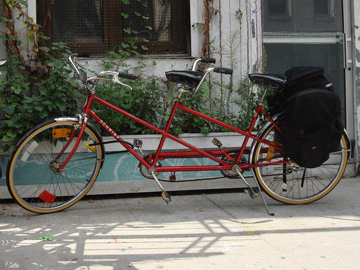
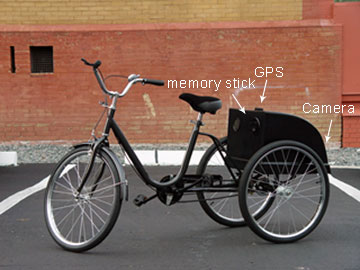
TRANSFERS
Transfers is a project exploring real-time generation of art and user participation in a mobile environment. Transfers allows a passenger of a taxi to generate a unique piece of art by giving the taxi driver directions. As the taxi moves through the city the passenger will experience a real-time manipulation of live exterior video and audio taken from a camera and microphone mounted in the taxi. The taxi is also equipped with a GPS that feeds an onboard computer data such as speed and direction. This computer is running custom audio/video manipulation software and uses the GPS data to make decisions about how the live video/audio feed is manipulated and seen by the passenger. The manipulations of the live feed is displayed on two LCD screens and heard through the cars stereo system. As the user tells the driver where to go the passenger becomes both performer and viewer as they experience a unique piece of art generated by their decisions. The software also records this performance and at the end of the drive the passenger receives a CD with a QuickTime movie file of his or her recorded performance.
Supertudo, TVE Brasil, Rio de Janeiro 2007
CAUTION
This artwork responds to the current networked devices, such as cell phones and laptops, in its vicinity with sounds and imagery of the character Lemmy Caution from Jean-Luc Godard’s film Alphaville. A computer running networking sniffing software monitors the area for wireless data such as bluetooth and wireless internet signals. When a new wireless device enters the vicinity the piece will respond by announcing the wireless device’s name and if it is considered to be a threat. This piece requires one Macintosh computer with wireless and bluetooth, custom software, video projector and sound speakers.
MPG: MOBILE PERFORMANCE GROUP
MPG: Mobile Performance Group is a collective of new media artists interested in finding new ways to present art outside of traditional venues. MPG disseminates their work by using mobile technologies, real-time video/audio, custom interactive devices, and other new technologies that allow artist to engage the public. The group has performed throughout the country and participated in several international new media festivals including Conflux, ICMC, NWEAMO and ISEA. MPG is part of classes taught, by faculty Matt Roberts (Founder and Creative Director of MPG) and Nathan Wolek (Music Director of MPG), at Stetson University’s Digital Arts Program. For more information please visit http://www.mobileperformancegroup.com
You can find more information about the group at
http://www.mobileperformancegroup.com
http://www.flickr.com/photos/mobileperformancegroup/
http://www.youtube.com/user/mobileperformance
